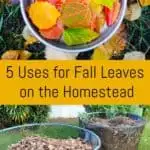
Fall is finally here with it’s cool, crisp weather and pumpkin spice everything.
The changing fall foliage is beautiful too, until it starts coating your lawn and needs to be dealt with.
But wait!
Don’t throw out those fall leaves, there are some great uses for them on your homestead that will help your garden and livestock through the long winter.
Fall leaves are a great asset to your homestead, they can add rich nutrients to the garden and be a major source of entertainment as well as comfort for your chickens.
So don’t toss the leaves, learn how to put them to good use instead!
5 Uses for Fall Leaves on the Homestead:
1. Bedding for the Chicken Run
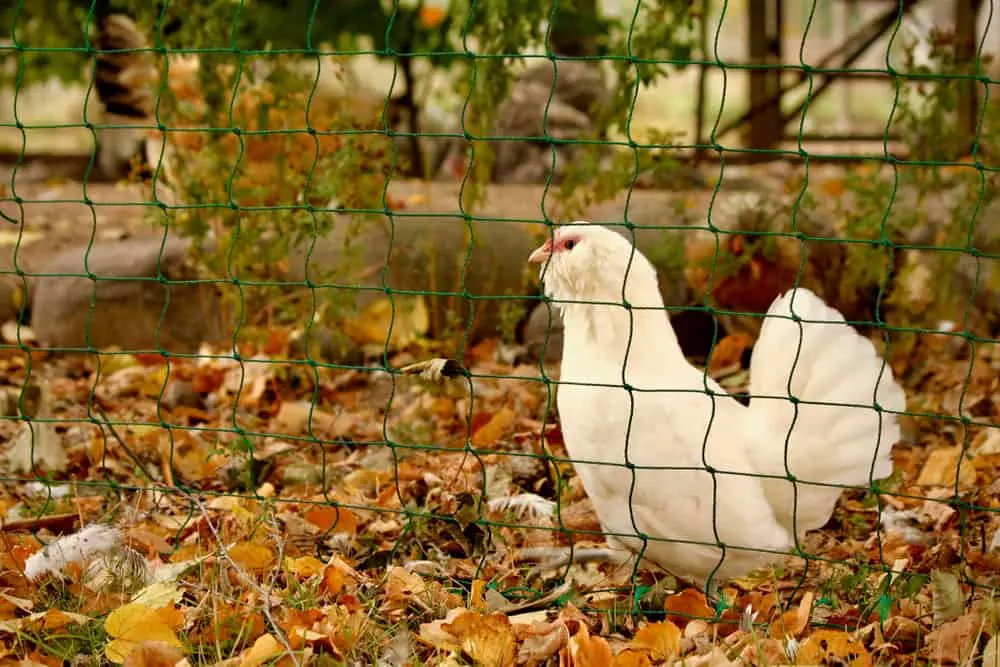
Adding fall leaves to the chicken yard or coop is a great way to entertain your flock, as well as provide a litter/bedding material for them to do their business in.
Chickens absolutely adore playing in fall leaves.
They kick them and search under them for tasty bugs. They love to nestle into them to sunbathe, and cozy up in them to lay an egg.
If you choose to use fall leaves in the chicken coop, it’s best to mulch them with the lawnmower first.
Unmulched leaves can get caked together and make more of a mess than they help clean up!
When it’s time to remove the soiled leaves from the chicken run, put them into a slow compost pile so they can break down.
The carbon-heavy leaves combined with the nitrogen rich chicken manure will make a beautiful compost for the garden. Just make sure it’s been aged for at least a year before putting it in the garden to be sure it’s free of pathogens.
Read Next: 10 Things Nobody Told You About Raising Backyard Chickens
2. Garden Mulch
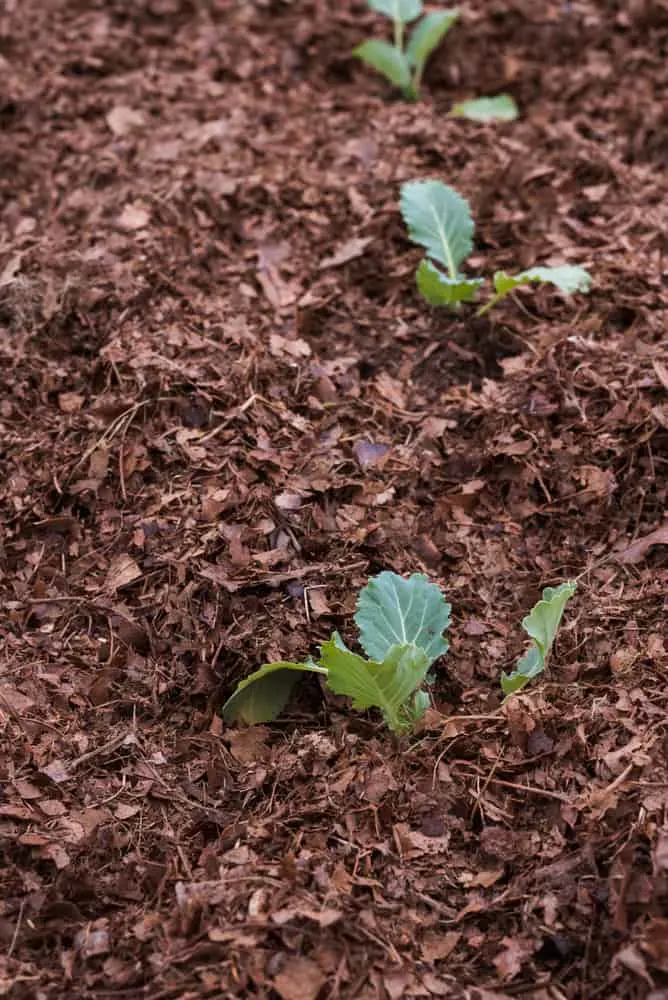
Garden mulch is essential for the busy homesteader or gardener who just doesn’t have time to weed the garden every week. Mulch is easy enough to lay down, but it can be pricey, especially if you have a lot of garden!
Leaves make excellent fall garden mulch, and for most people, they’re free. Best of all, fall is the best time to apply a garden mulch.
Make sure to shred the leaves before using them as mulch, if they’re used whole they’ll compact and make it hard for water to get to the soil around the plants.
You can use your lawnmower to easily shred leaves before using them in the garden.
To use leaves as mulch, simply spread the mulched leaves on the ground surrounding your plants. The mulch will help to keep weeds at bay and feed your soil at the same time while it slowly breaks down.
3. Compost filler
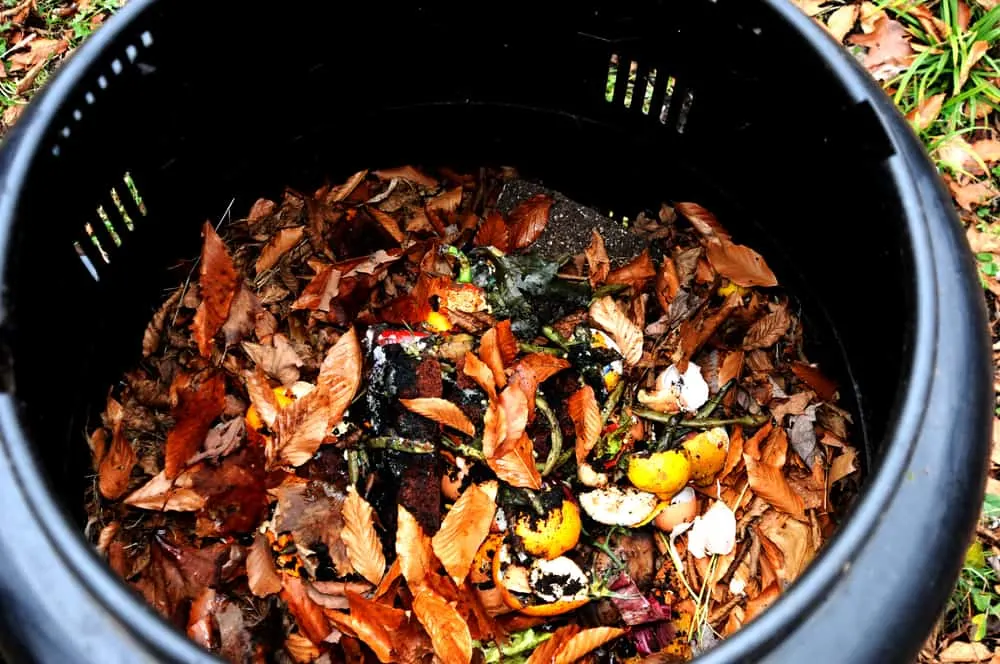
Leaves make for an excellent compost ingredient. They’re a natural choice for the compost pile because they’re an abundant source of ‘dry brown’ compost material.
When leaves break down naturally on the ground, they supply the trees and vegetation with nutrients while they grow. They’ll do the same in your compost pile!
Mulched leaves break down quickly in the compost, especially when they’re mixed with wet green materials.
To use leaves in the compost pile, try making a compost lasagna.
Put down a layer of dead leaves, then a thin layer of garden soil, then a layer of wet green materials like kitchen scraps, grass clippings, or weeds.
Repeat these layers until the compost bin is full. Every week or so, aerate the compost by turning it with a pitchfork or turning it in your compost tumbler.
Be sure to keep the pile moist by adding water when it gets dry. A perfectly moist compost pile will feel a bit like a wet sponge when you press on it.
Before you know it, you’ll have rich, beautiful compost for your garden!
4. Crop cover
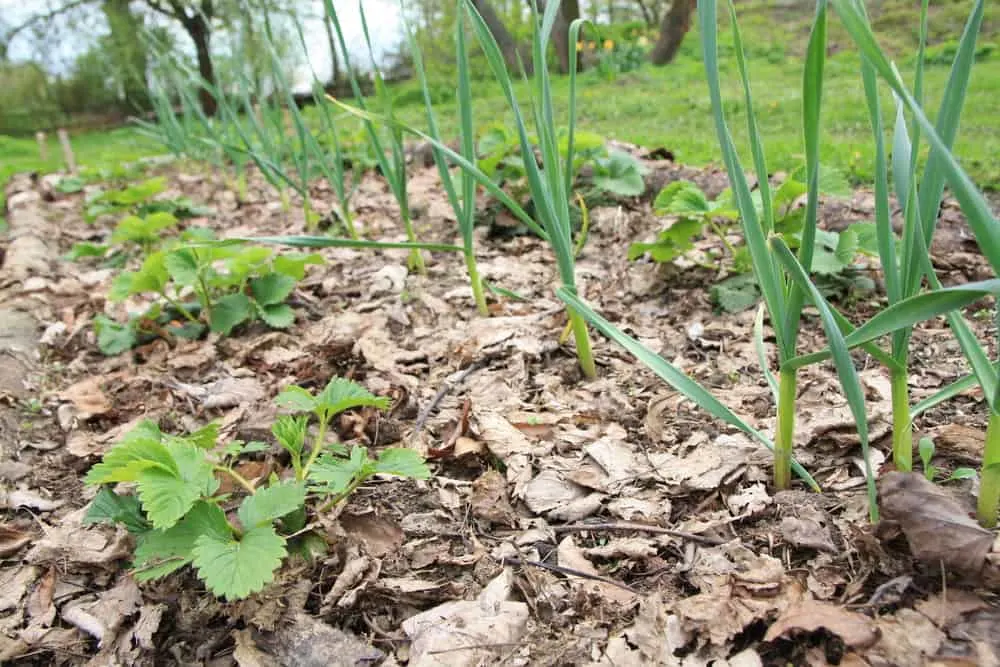
There are several plants such as garlic and flower bulbs that are planted in the fall with the hopes they’ll sprout early in the spring.
After planting, it’s important to lay down a thick layer of organic material on top of the soil to keep the plants insulated and dormant until spring.
Leaves make an excellent crop cover for many reasons.
The best reason is of course that they’re free and abundant just at the time that you need to cover your crops. When they aren’t mulched, leaves break down slowly, so you know they’ll still be there keeping your plants warm until spring.
When springtime does come, simply gently rake the leaves aside and toss them in the compost pile, leaving room for the spring plants to push through the soil.
5. Leaf Mold
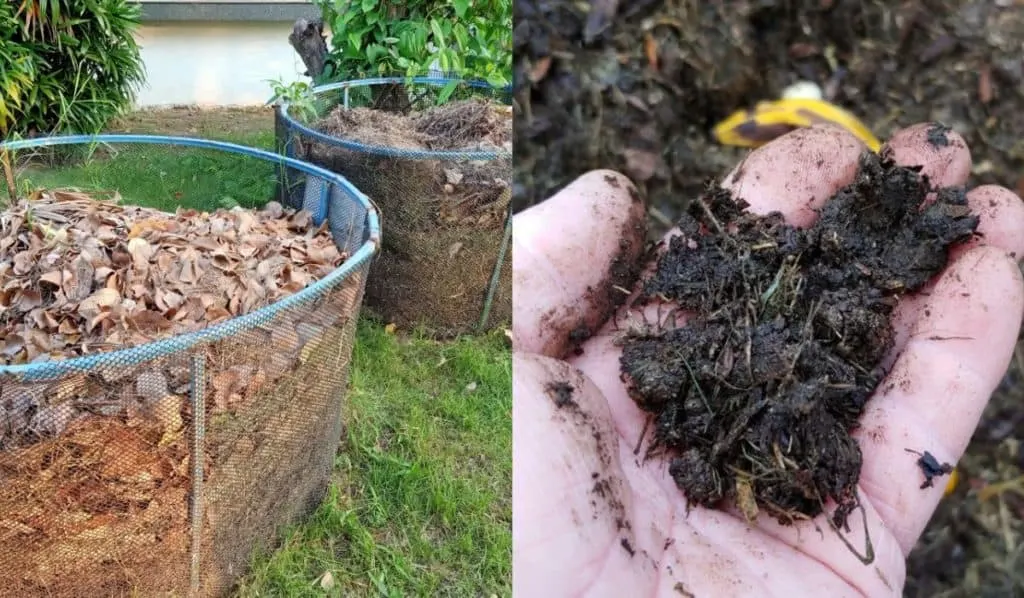
Leaf mold is a powerful soil amendment that makes a great addition to any garden.
We’ve got an entire tutorial on making your own leaf mold and using it in the garden which you can read here.
Fall leaves can be such a burden to deal with, that is until you find out how useful they are on the homestead, then it’s fall leaves to the rescue for every little thing!
What will you be using your leaves for this fall?

Get the famous Rural Sprout newsletter delivered to your inbox.
Including Sunday musings from our editor, Tracey, as well as “What’s Up Wednesday” our roundup of what’s in season and new article updates and alerts.


